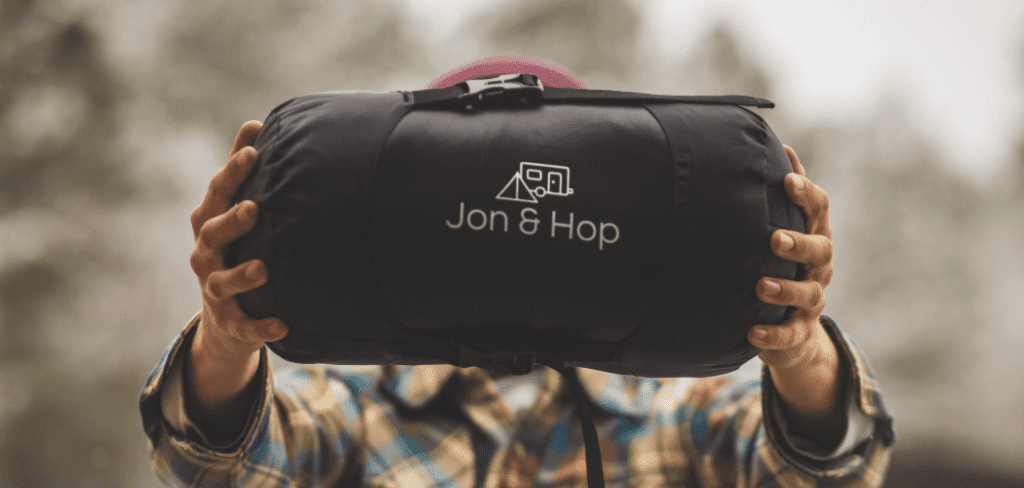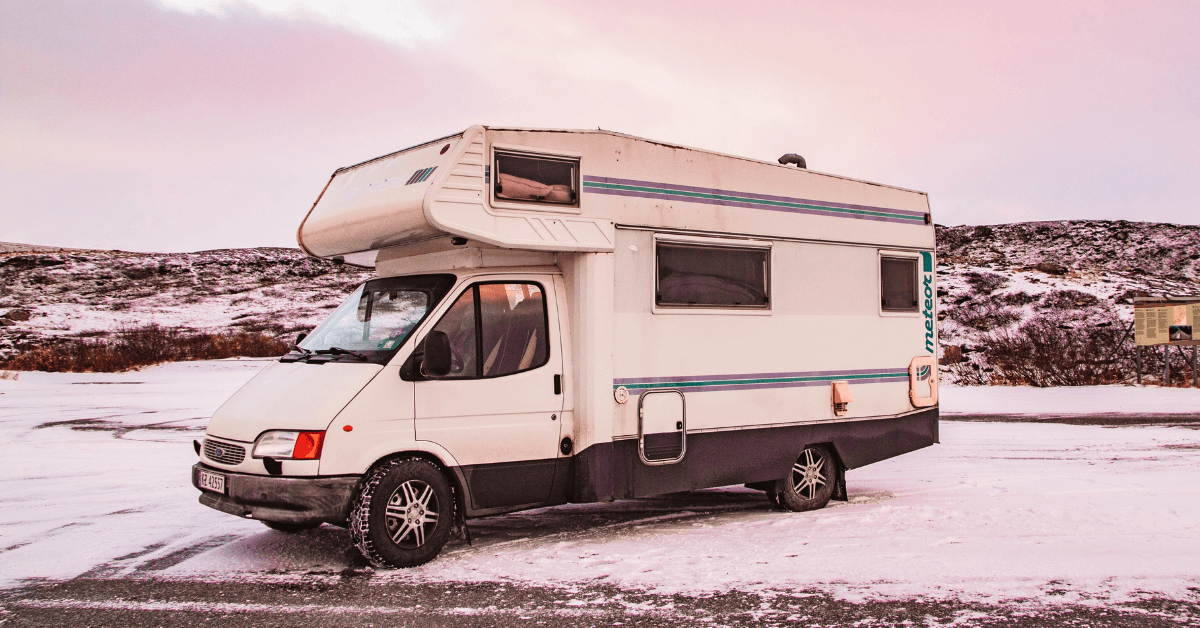Are you an outdoor enthusiast who loves camping all year round? Do you have a camper that you use for winter camping trips? If so, you may be wondering how cold is too cold to sleep in a camper.
As the temperatures drop, it can be challenging to stay warm and comfortable during the night. But with the right equipment and preparation, you can still enjoy a good night’s sleep in your camper, even when it’s freezing outside. Why is it important to understand how cold is too cold to sleep in a camper?
Well, knowing how cold is too cold to sleep in a camper is essential for your comfort and safety. If you’re not adequately prepared for the cold temperatures, you can quickly become uncomfortable and even risk hypothermia. Sleeping in a camper that’s too cold can also lead to a night of poor-quality sleep, which will, in turn, leave you feeling tired and groggy the next day.
In the following sections, we’ll explore each of these factors in more detail and provide tips and tricks for staying warm and comfortable during your winter camping trips. So, grab a cup of hot cocoa and read on to learn how to stay cozy in your camper, no matter how cold it gets outside.
Camper Temperature Ratings
Understanding the temperature rating of your camper is crucial to determine how cold is too cold to sleep in it. A camper’s temperature rating refers to the lowest temperature at which it can keep you warm and comfortable.
Knowing your camper’s temperature rating will help you determine if it’s suitable for winter camping and if additional equipment is necessary to keep you warm.
Understanding the temperature rating of your camper
Campers have different temperature ratings depending on the type of insulation used and the overall build quality. Temperature ratings typically range from 0 to 40 degrees Fahrenheit (-18 to 4 degrees Celsius), with some models rated for even colder temperatures.
It’s important to note that temperature ratings are just guidelines, and several factors can affect your comfort level in a camper. For example, your sleeping bag’s temperature rating and the heater you use can impact how well you sleep in cold temperatures.
How temperature ratings can help determine how cold is too cold to sleep in a camper
If you plan to camp in temperatures lower than your camper’s temperature rating, you may need to take additional steps to stay warm. For example, if your camper is rated for 20 degrees Fahrenheit (-7 degrees Celsius) and you plan to camp in temperatures of 10 degrees Fahrenheit (-12 degrees Celsius), you may need to use additional insulation or a heater to stay warm.
On the other hand, if your camper is rated for 40 degrees Fahrenheit (4 degrees Celsius), you may be able to camp comfortably in temperatures of 30 degrees Fahrenheit (-1 degree Celsius) without any additional equipment.
What temperature rating should you look for when buying a camper for cold-weather camping?
If you’re in the market for a camper for winter camping, look for a model with a temperature rating that matches or exceeds the lowest temperatures you plan to camp in. It’s also a good idea to choose a camper with good insulation and draft-proofing to keep cold air out.
A camper with double-paned windows, insulated walls, and a sealed door can help keep you warm in cold temperatures.
Camper Insulation
The insulation of your camper is an essential factor in determining how cold is too cold to sleep in it. Good insulation helps trap heat inside your camper, keeping you warm and comfortable during cold nights.
In this section, we’ll explore the different types of insulation used in campers and provide tips on how to improve your camper’s insulation for winter camping.
Types of insulation used in campers:
There are several types of insulation used in campers, including fiberglass, foam, and reflective materials. Fiberglass insulation is a common type found in many campers, and it works by trapping air in between the fibers, creating an insulating barrier.
Foam insulation, on the other hand, uses closed-cell foam to prevent air from passing through, providing a more effective insulating layer. Reflective insulation, such as radiant barriers, work by reflecting heat back into your camper, keeping it warmer for longer.
How to improve your camper’s insulation
If you’re planning to camp in colder temperatures, you may want to consider improving your camper’s insulation. One way to do this is by adding additional insulation to your camper’s walls, floor, and ceiling.
This can be done by adding foam or reflective insulation to these areas, providing a more effective barrier against the cold. Another option is to use draft stoppers to prevent cold air from seeping in around windows and doors.
In addition to improving your camper’s insulation, you can also take steps to retain heat inside your camper. This includes using heavy curtains or window coverings to trap heat inside and keeping doors and windows closed as much as possible.
You may also want to consider using a space heater or portable electric blanket to add extra warmth to your sleeping area.
Sleeping Bags

When camping in colder temperatures, a good quality sleeping bag is essential for staying warm and comfortable.
Here, we’ll discuss the different types of sleeping bags available and provide tips on how to choose the right sleeping bag for your winter camping needs.
Types of sleeping bags
There are several types of sleeping bags available, including rectangular, mummy, and semi-rectangular. Rectangular sleeping bags are the most common type and provide plenty of room to move around inside. However, they may not be the best option for colder temperatures since they have a larger surface area, making them less efficient at trapping heat.
Mummy sleeping bags, on the other hand, are designed to fit snugly around your body, reducing the amount of air inside the sleeping bag and improving heat retention. Semi-rectangular sleeping bags are a compromise between rectangular and mummy bags, providing more room to move around while still offering good heat retention.
Sleeping bags’ temperature ratings
Sleeping bags are also rated based on the lowest temperature they can keep you warm in. The temperature rating is usually indicated by a number followed by a degree symbol, such as 0°F or -10°C. It’s important to choose a sleeping bag with a temperature rating that matches the coldest temperature you expect to encounter on your camping trip.
Keep in mind that everyone’s comfort level is different, so you may want to choose a sleeping bag with a slightly lower temperature rating than the lowest temperature you expect to encounter.
Additional sleeping bag tips
In addition to choosing the right type and temperature rating of the sleeping bag, there are a few additional tips to keep in mind for staying warm and comfortable while sleeping in a camper in cold temperatures.
First, make sure to wear warm clothing, such as thermal underwear and socks, to bed. This will help insulate your body and keep you warm inside your sleeping bag.
Second, use a sleeping pad underneath your sleeping bag to provide insulation and prevent heat loss to the ground. Finally, consider using a liner inside your sleeping bag to add extra warmth and protect your sleeping bag from dirt and sweat.
Related: Can You Leave Bedding In Your Camper Over Winter?
Conclusion – How Cold Is Too Cold To Sleep In A Camper?
How Cold Is Too Cold To Sleep In A Camper?
The answer varies depending on the temperature rating of your camper, the quality of its insulation, and the warmth of your sleeping bags. Generally, temperatures below freezing (32°F/0°C) can be uncomfortable or even dangerous, but with the right gear and preparation, it’s possible to sleep comfortably in even colder temperatures.
It’s also important to note that everyone has different comfort levels when it comes to cold temperatures. While some people may be perfectly comfortable sleeping in a camper at sub-zero temperatures, others may not be able to tolerate anything below freezing.
Pay attention to your own body and listen to its signals. If you’re feeling uncomfortably cold, it’s best to err on the side of caution and seek warmer shelter.
